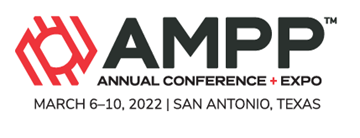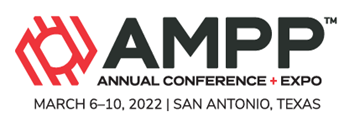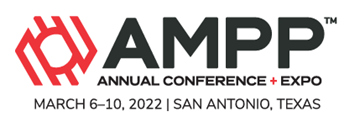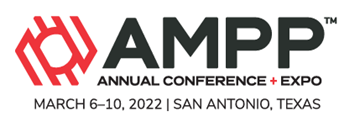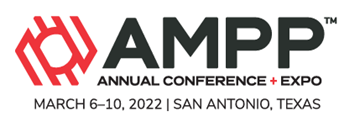Search
Coatings and Linings
View as
Sort by
Display
per page
Improved Girth Welding On Seamless Linepipe For High H2S Partial Pressure Condition
Product Number:
51322-17710-SG
Publication Date:
2022
$20.00
Improvement of Weather Resistance for Epoxy Based Coatings on Marine Structures
Product Number:
51216-008-SG
Publication Date:
2016
$20.00
Improving Hydrogen Embrittlement Resistance Of Precipitation Hardened Nickel-Alloys
Product Number:
51321-16673-SG
Publication Date:
2021
$20.00
In Situ Atomic Force Microscopy Study Of Microstructure Dependent Inhibitor Adsorption Mechanism On Carbon Steel
Product Number:
51322-17739-SG
Publication Date:
2022
$20.00
In Zinc We Trust? - Zinc-Free Anti-Corrosive Pigments
Product Number:
41215-906-SG
Publication Date:
2015
$20.00
Industrial Protective Coating Tradeoffs: Understanding Why Industrial Coatings can be Complicated
Product Number:
41214-806-SG
Publication Date:
2014
$20.00
Influence Of Ternary Additives On Electrochemical And Mechanical Behaviors Of Electroless Ni-P Coatings
Product Number:
51322-17841-SG
Publication Date:
2022
$20.00
Influence Of Thermomechanical Processing On Mechanical Properties And Corrosion Resistance Of Super Duplex Stainless Steel UNS S32750.
Product Number:
51322-17613-SG
Publication Date:
2022
$20.00
Inline Cathodic Protection Current Mapping - Applications
Product Number:
51322-17629-SG
Publication Date:
2022
$20.00
In-Situ Observation Of Hydrogen-Induced Cracking Initiation Site In Linepipe Steels
Product Number:
51322-17816-SG
Publication Date:
2022
$20.00
In-Situ Synthesis Of Corrosion Product-Polymer Composites On Carbon Steel For Enhanced Erosion-Corrosion Protection In CO2 Corrosion Environments
Product Number:
51322-17717-SG
Publication Date:
2022
$20.00




